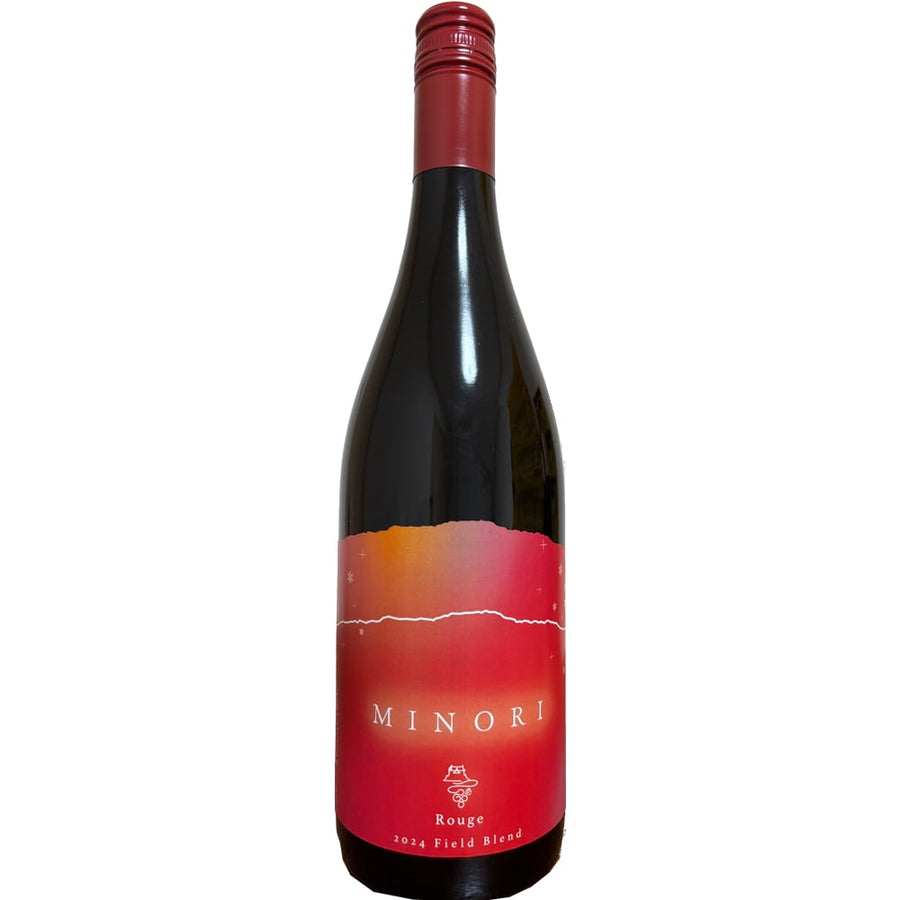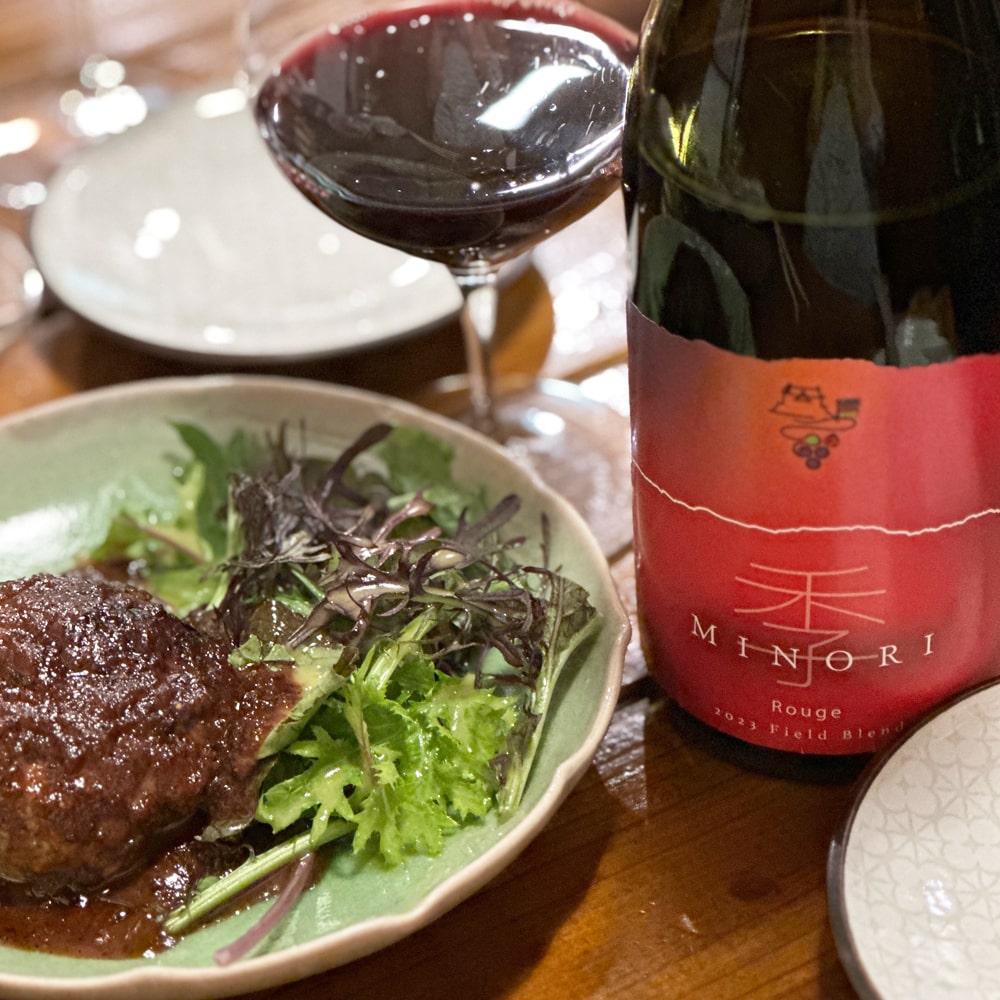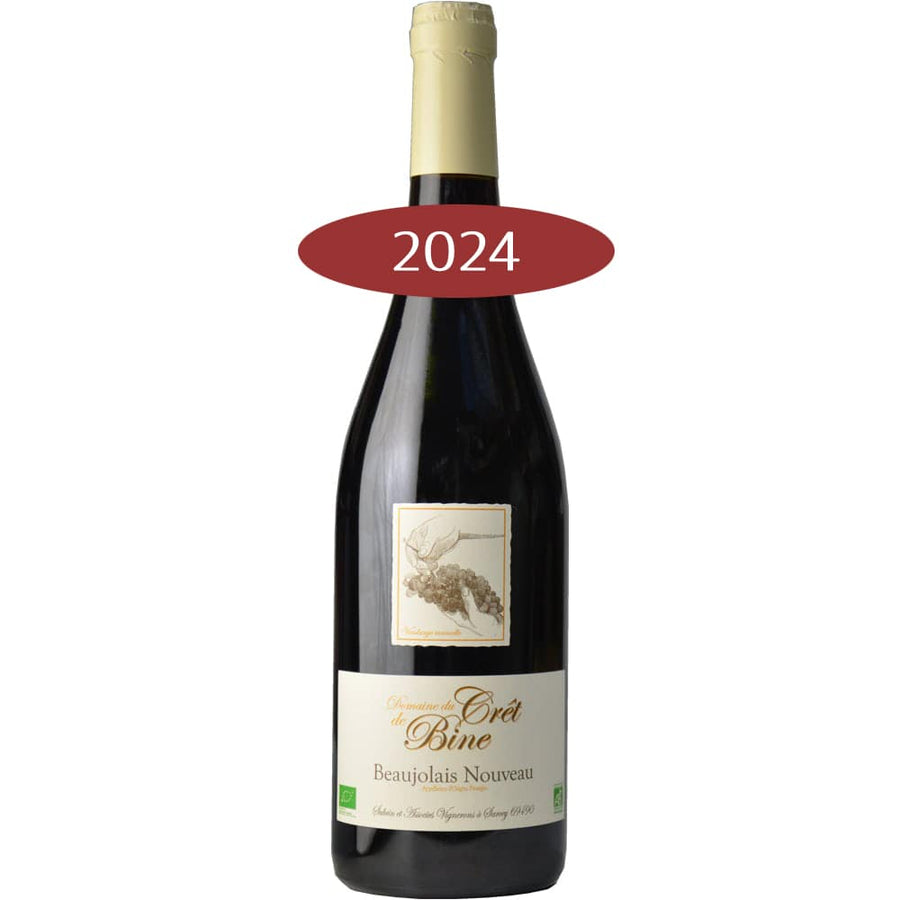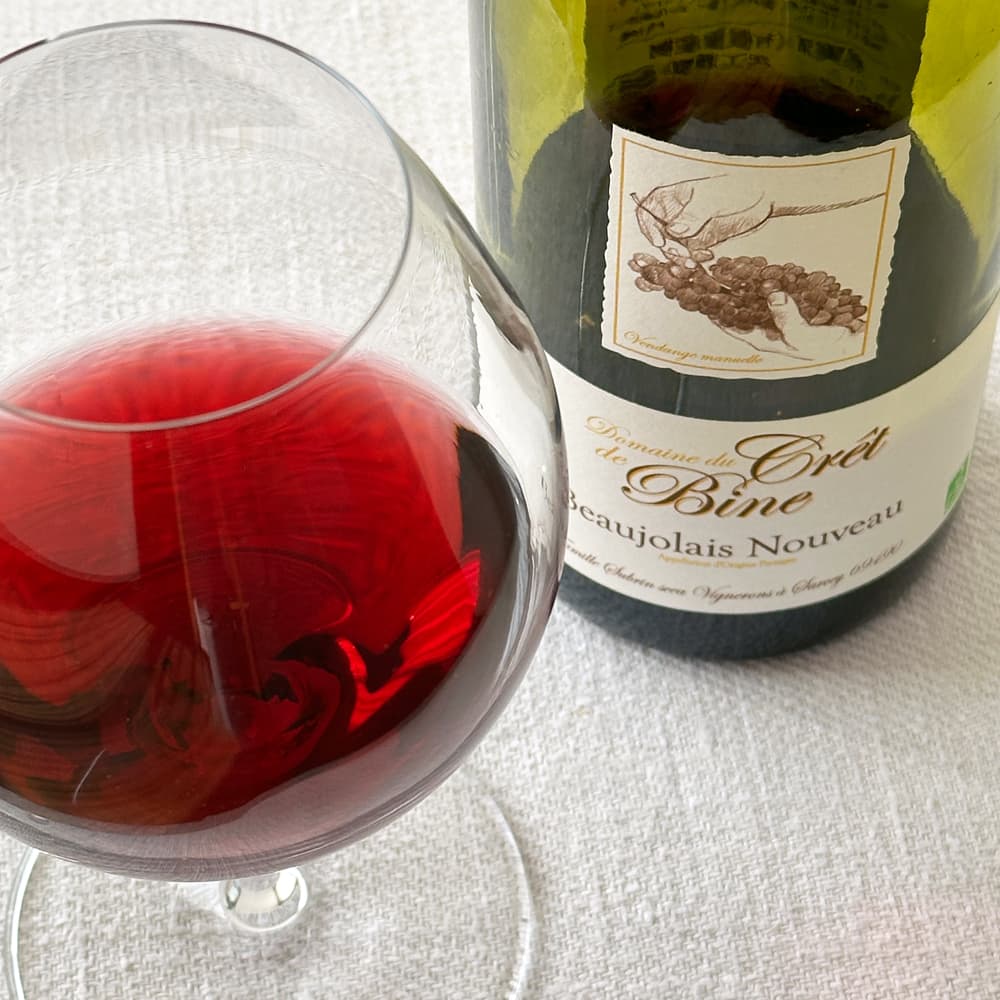Gamay
9 products
9 products

More than 50% of the world's Gamay is grown in the Beaujolais region, south of Burgundy. It is characterized by its lovely, light and fruity flavor.
It is a grape mainly used for red wine, but can also be used to make rosé wine and sparkling wine. Gamay is a fertile variety, so it was already planted in large numbers in Burgundy in the Middle Ages, and it threatened the existence of Pinot Noir. The feudal lord at the time, concerned about this, uprooted the Gamay trees and even banned the cultivation of Gamay in the Macon region. However, the soil of the Beaujolais region south of Macon is well suited to the Gamay variety, so even today, more than 50% of Gamay production is cultivated in this region.
In France, other than Beaujolais, Burgundy and the Loire are well known as production areas. After France, Switzerland is the second largest producer of Gamay, and Gamay is the third most widely grown wine in Switzerland after Pinot Noir and Merlot.
The characteristics of the grapes vary greatly depending on the soil. In the case of Gamay, the clay-limestone soils often cited as places where grapes are grown tend to produce excessive yields and a bland flavor. On the other hand, Gamay grown in the Beaujolais region, where soils of schist, granite, and volcanic rock are abundant in minerals, produces fruit that produces fresh, yet gentle and seductive wines.
Also, because it is a very early-ripening variety, it is used to make Nouveau, the first wine to be sold that year.
On the other hand, in Cru Beaujolais, which is known for its 10 village wines, the same Gamay is used, but the wines are made and aged in the same way as traditional Burgundy wines, producing wines of excellent quality that can be enjoyed with 5 to 10 years of aging.
Generally, Gamay is rich in juice and has a gentler skin color than Cabernet Sauvignon. It has mild tannins and moderate acidity, and is characterized by a fresh and light taste. Its aroma is reminiscent of small red fruits such as red currant and raspberry.
When the cru Beaujolais is carefully aged with particular attention to the soil, it produces aromas of slightly ripe red fruits and black fruits such as mulberries. Depending on the strength, year and producer, it can also have a richness like chocolate.
Above all, Gamay is an excellent wine to drink with food, as it does not interfere with the taste of food. It is a wonderful variety that can be paired with a variety of dishes, including Japanese food, regardless of the occasion. It generally goes well with meat appetizers and roast chicken, as well as more casual picnics and sandwiches. It also goes well with root vegetables, so it is one variety that Japanese people should try on their daily dinner tables.
Pre-order item
Soft armchair
$420.00
Select variant
Select purchase option

















